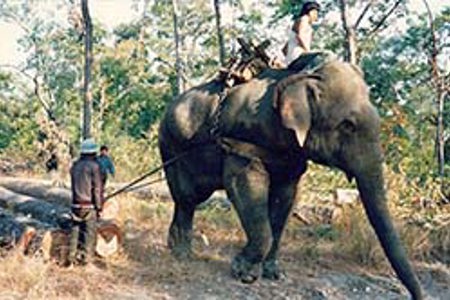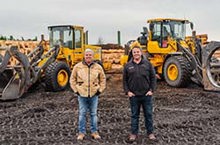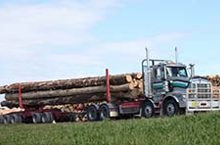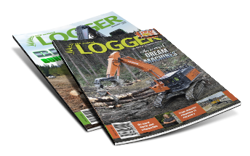
Forestry adventurer, Ross Lockyer is back in the February edition of NZ Logger with an account of his years in Burma. Who needs skidders when you’ve got elephant and buffalo? Never a dull moment with Ross. Here’s a taste:
“In mid-1984, I was offered a consultancy with the Asian Development Bank (ADB) as Logging Engineering Consultant for the Project Completion Mission pertaining to the ADB Burma Forestry I Loan Project. My job was to travel around all of the areas that were covered under the Project and observe, investigate, assess, evaluate and report on the situation as I saw it at that time, and analyse the results achieved under the Project loan.
The Burma Forestry I Project (identified as ADB 1) covered the entire Sagaing Division of the Burmese Timber Corporation (BTC) which was in effect, the Burma Forestry Department. The Sagaing Division was the largest division in the country in terms of forest resources and timber production and was located in the Central North-East of Burma.
The BTC Sagaing Division employed, at that time, around 8,000 full-time employees (about twenty-five percent of BTC’s total staff), plus some hundreds of contractors.
I initially visited eight separate elephant camps and logging operations, some of which were extracting mixed hardwoods, and others that were logging only teak. Teak is classed as the king of hardwoods. It is harvested, treated and sold quite differently to all other hardwoods and sells at many times the value of all other commercial species. Therefore, “teak” and “mixed hardwoods” are treated quite differently at all stages and in all aspects of harvesting in Burma.
Throughout Burma, the teak logs are extracted from the forest by elephants on the steep and hilly terrain and by buffaloes on the easier and flatter terrain. Oxen are used mainly on the riverbanks for short hauls on gentle, favourable, downhill-sloping terrain, or to haul two-wheeled ox carts for transporting logs along tracks and roads. A high proportion of the dry teak logs, once felled, are dragged to the edge of small streams, many of which have no water in the dry season. The logs are pushed and rolled into the stream beds to lie parallel to the banks. When the rains come and the streams fill with water, the logs float downstream, singly, until they reach one of the three rafting rivers.
This method of log transport is called the “free-floating stream” system. It is extremely wasteful and inefficient, producing huge annual losses of valuable teak logs. The problem is that some logs get stuck up on the stream banks, get jammed up in riverbeds, fail to wash down because of insufficient rainfall, get stolen from either the streams or the rivers, or otherwise become lost.”
To read more, get your copy of the February 2024 edition of NZ Logger magazine, on sale from 5 February. Check the link on thispage to subscribe to either a printed or digital copy(or both).









